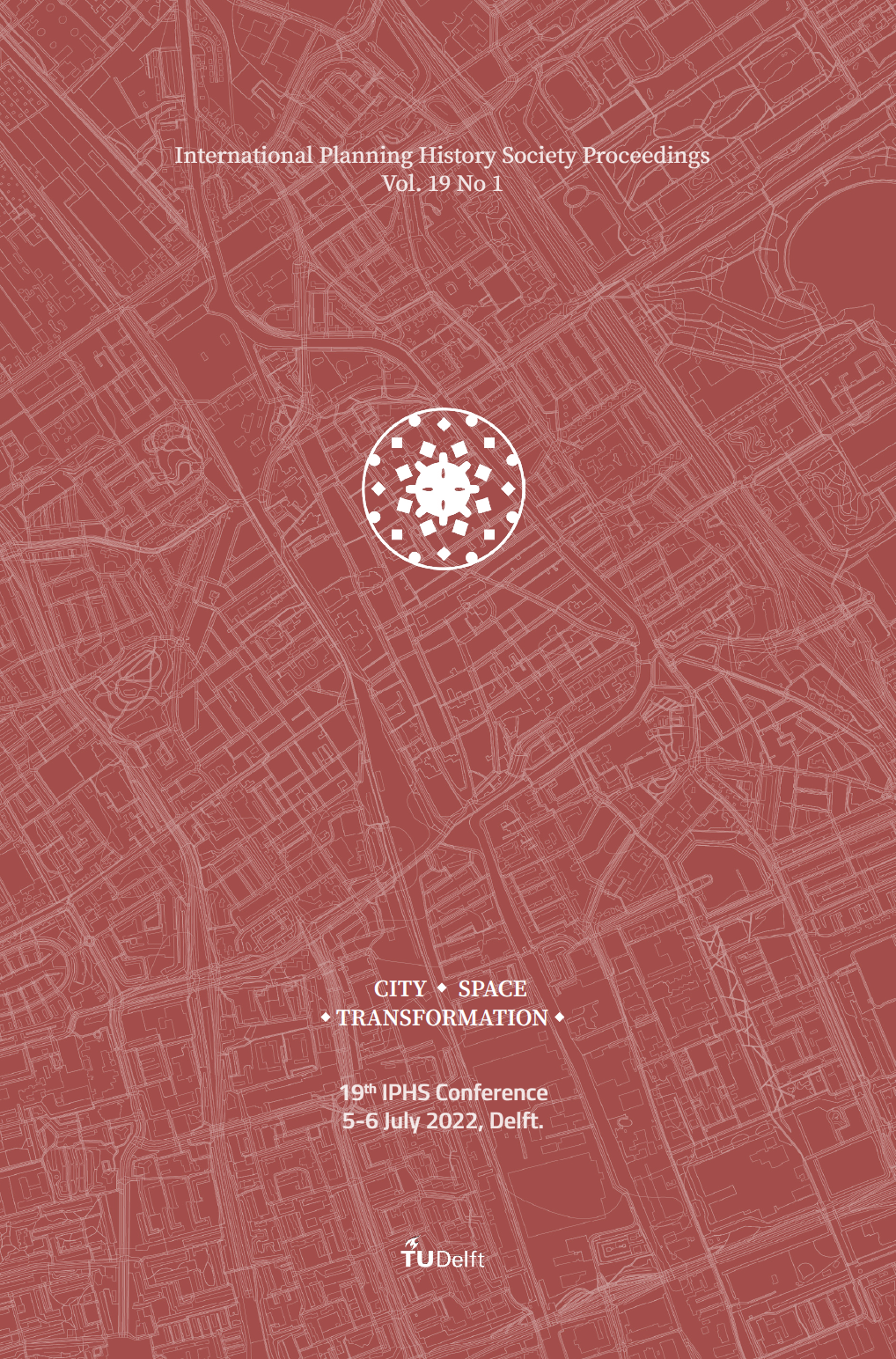The project to remove the railway from the surface of the city of Valladolid and take it underground
DOI:
https://doi.org/10.7480/iphs.2022.1.6512Abstract
The idea of constructing a tunnel for the railway under the city of Valladolid, Spain, has been under discussion since the 1980s. This possibility was considered through various studies, three different project competitions and several urban master plans. Thus, the division of the city by the railway into two areas would be resolved, the traditionally richest area, which included the historic centre and the most elegant neighbourhoods, and the first poorer periphery. Various officially approved plans were created to carry out the project according to the proposition of Richard Rogers. However, the deficient design of the operation and the economic crisis made the construction of the tunnel impossible as the expected from the sale of the land occupied by the railway, 13 years after the approval of the project have not materialized. Many of these events have been set out in various city planning proposals. The latest stage in this ambitions project was the cancelation of the construction of the tunnel and important investment in consolidating the current railway on the surface; more precisely the improvement in underground pedestrian crossings. Yet the story is far from over. At present, the discordant voices have been called for the tunnel project to be revived, so the dilemma is once more undecided. Party politics and financial question are seen to have a greater weight than technical reports from experts.


